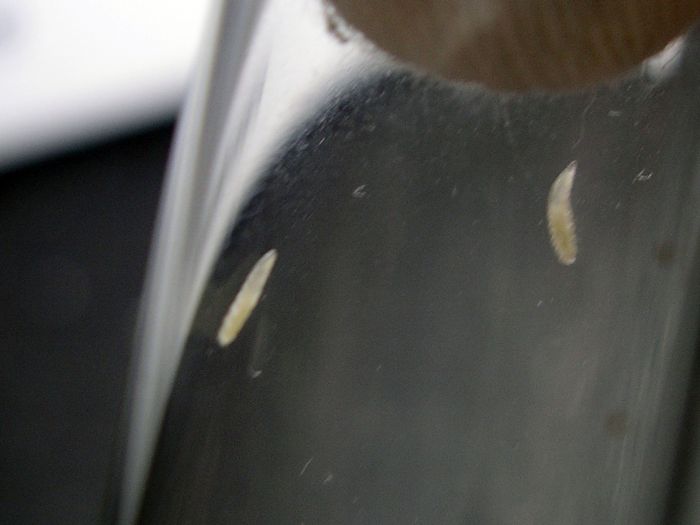
Hey look! A reason to use this one! :sick2:


Hey look! A reason to use this one! :sick2:
what's wrong with keeping 10 colonies of the same species ?
1) I think it's boring and not very interesting : you see the same behavior, the same colors 10 times.
2) I think having 2 or 3 colonies of the same species to compensate the potential deaths or because the species is pretty is ok, but having 10 ! And you are saying a lot die ! We could ask ourselseves if you are a good ant keeper... (which I think you are of course).
3) It's a lot of work while you could take just 2 or 3 queens of the same species and work less but take better care of them. Usually, at the end, when you keep a lot of colonies at the same time (especially same species), you take less good care of them because it's boring feeding 10 colonies twice (or more) a week... I have done it with 20 colonies of about 12 different ant species and I can tell, it's very tireing at the end... And if dspdrew does this with all the species he finds, I can't imagine how many colonies he has to feed... Also, it's abit industrialist, I think, the "alive aspect" is less present.
4) There are very few ant queens that succeed in developping a mature colony so taking 10 queens or more decreases even more there chance
Nothing personal dspdrew ! That's just my personal opinion. ![]()
Liometopum Occidentale are very hard to raise. I have never had one survive so I am going to start with as many as I can. Also not everybody is lucky enough to be there when a species of ants is flying, so when one person is, they might as well collect a few for others to try to raise also. There are about 10,000,000,000,000,000 ants in the world, so making an issue about 10 is beyond silly. This subject comes up from time to time, and it still remains silly.
With your Liometopum queens, do you cycle feed them ? like if you had 10, you would feed five of them today, and tomorrow feed the other five ?
No I just feed all of them in one day.
Also not everybody is lucky enough to be there when a species of ants is flying
Sounds like me! ![]()
Great Shots!
I am amazed at the amount of workers you get as the first batch!
How territorial are these ants in the wild ?
Pretty territorial I would assume. They are very aggressive and one colony can form a foraging trail probably a mile long.
Update 7-27-2015
The colonies I have put in foraging containers all seem to be doing well. The colonies that are in test tubes and nothing else, are not doing so good. I think part of the problem is that I kind of neglected them a little bit, and the tubes got pretty moldy. I'm not exactly sure what killed off all the workers in so many of these colonies in test tubes without foraging containers, because some of the healthy colonies had mold in their tubes as well. I gave away a lot of the queens that lost all their workers.
The last queen I caught just had all her workers eclose yesterday.
One thing about these is their feet have such good grip it is almost impossible to get them off anything they're walking on, including your hands. I've noticed this when trying to move them and collect them, making it very difficult.
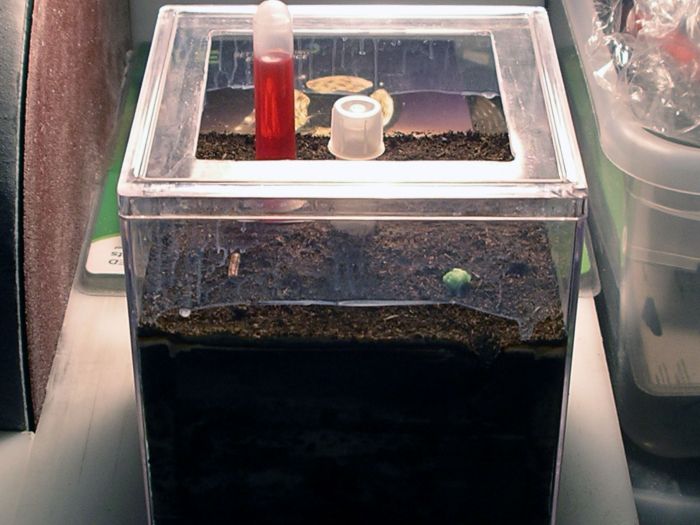
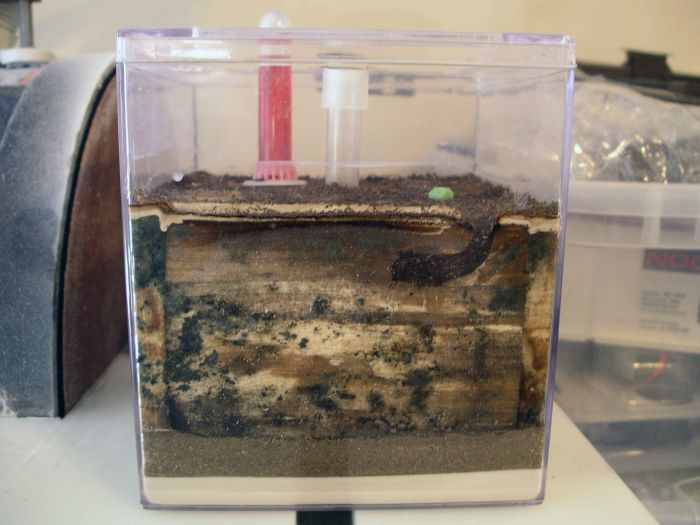
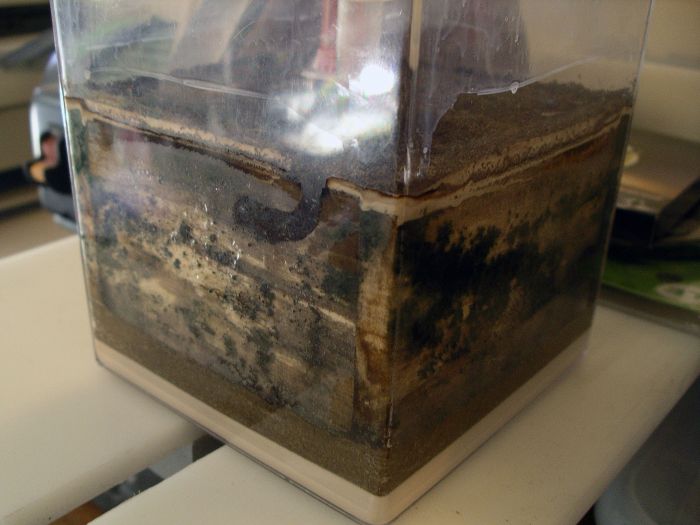
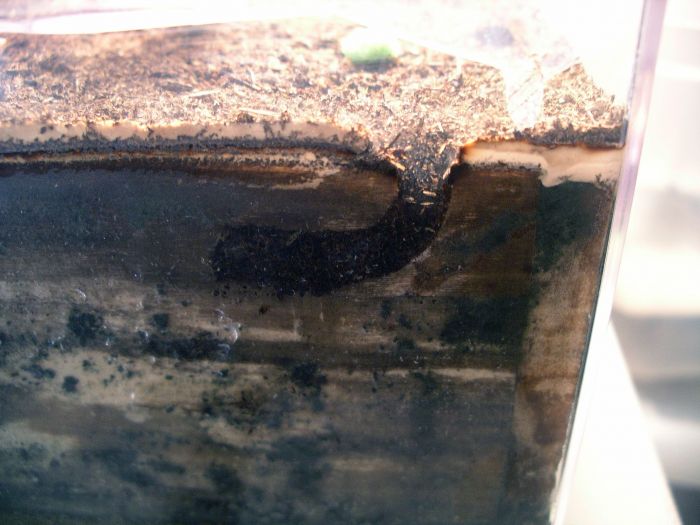
These seem to be like Nylanderia vividula. They just love mold and fungus in their environment. ![]()
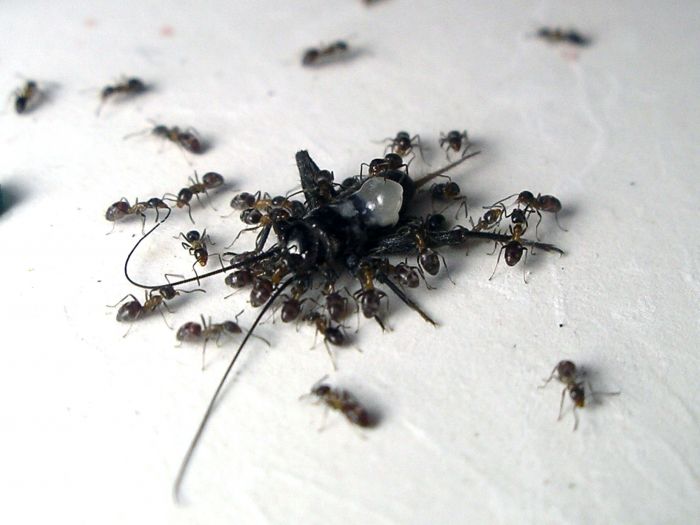
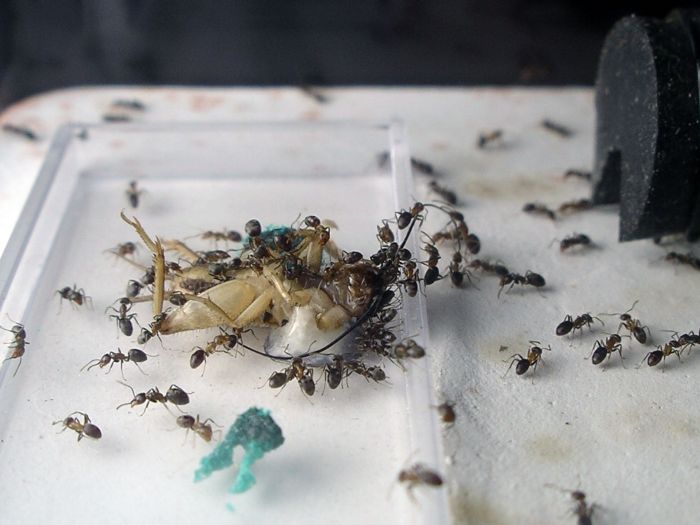
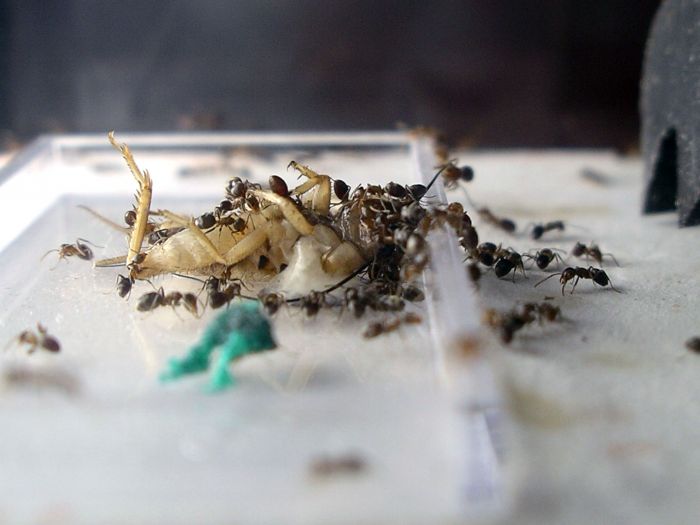
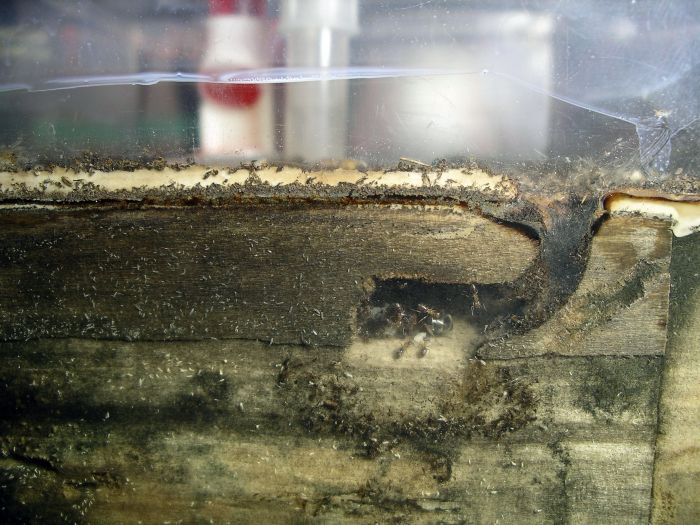
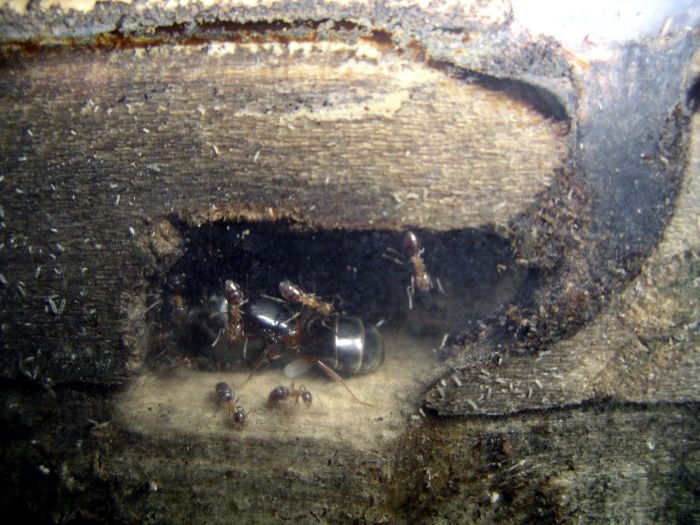
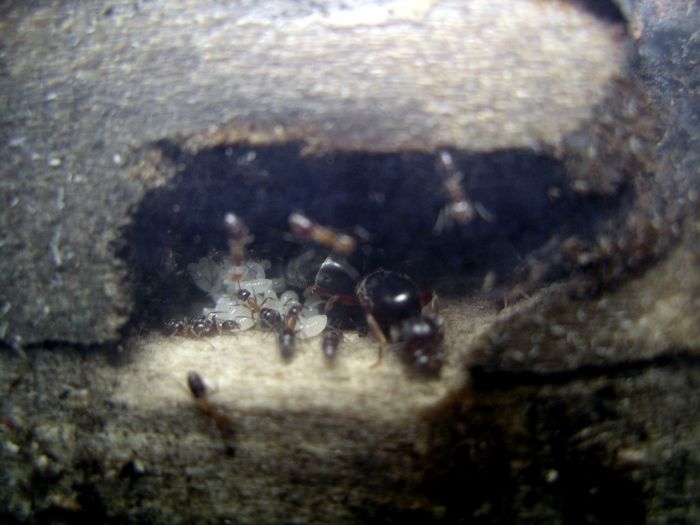
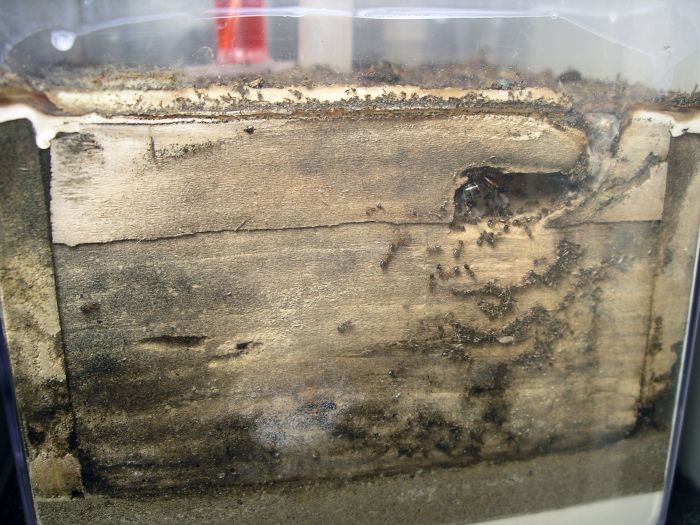
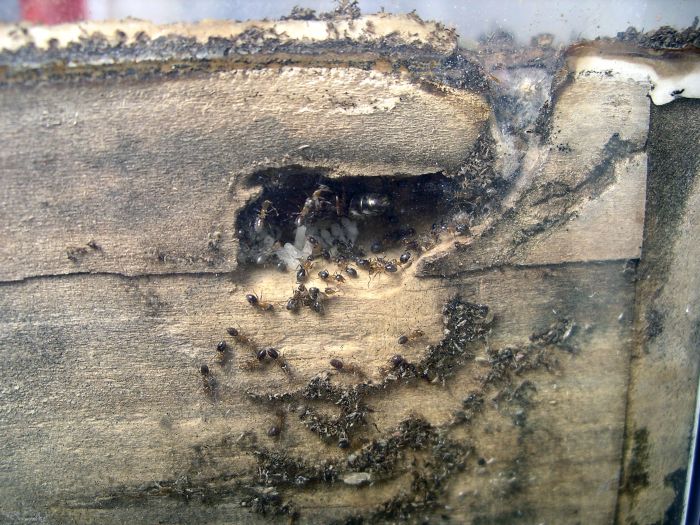
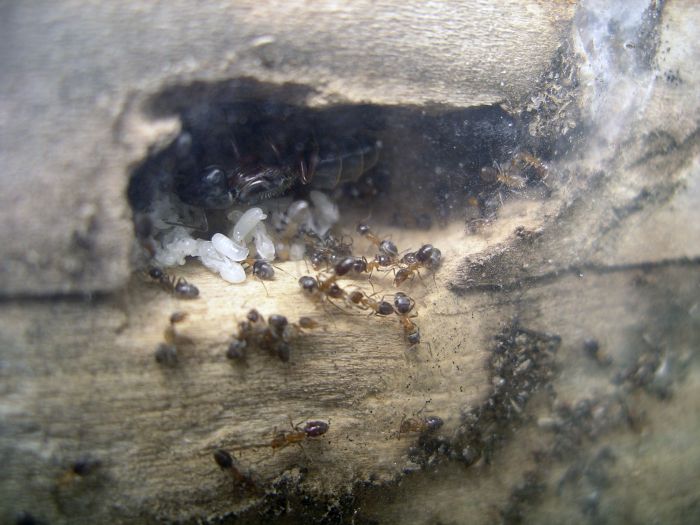
Looks like the workers got themselves jammed in the glass ._.
Nah, they run around between the wood and the plastic. These ants are very flat, like other dolichoderines around here.
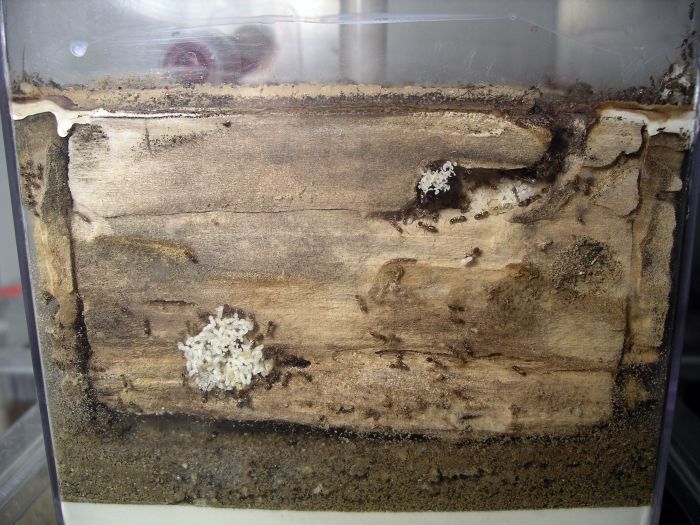
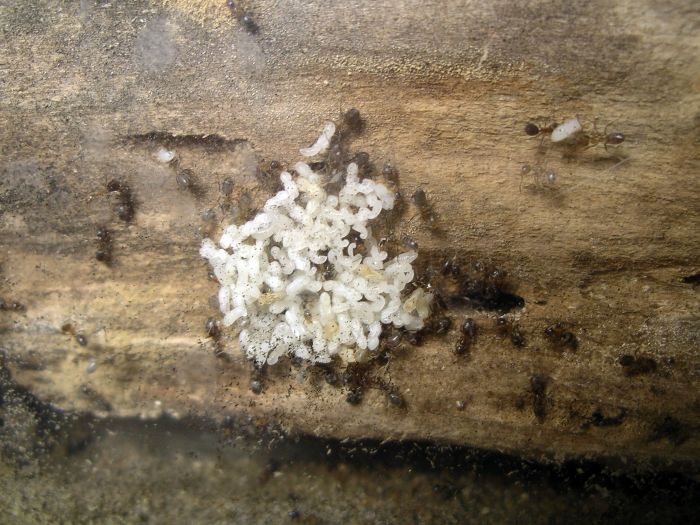
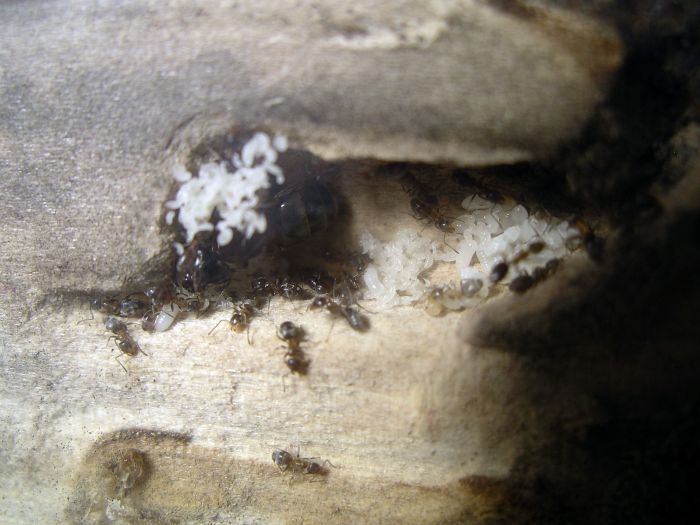
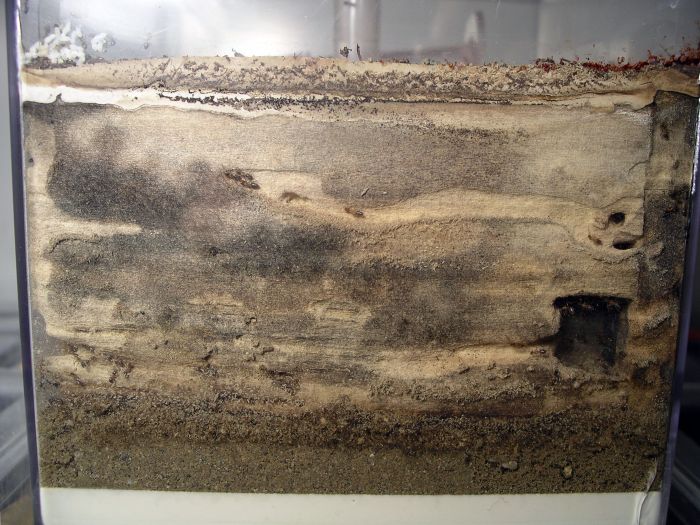
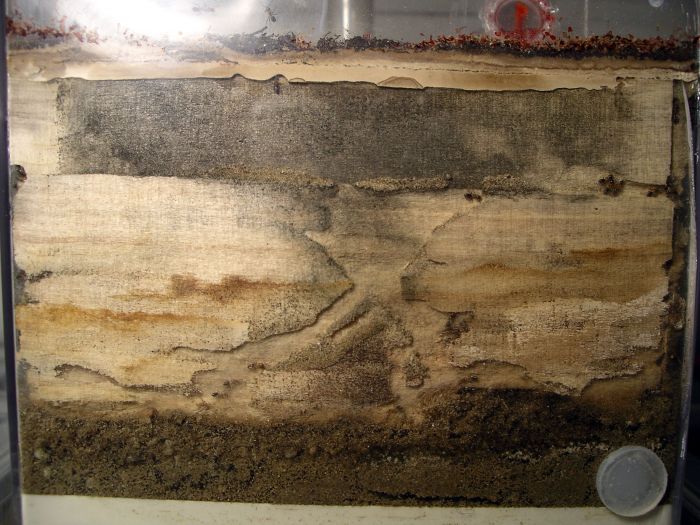
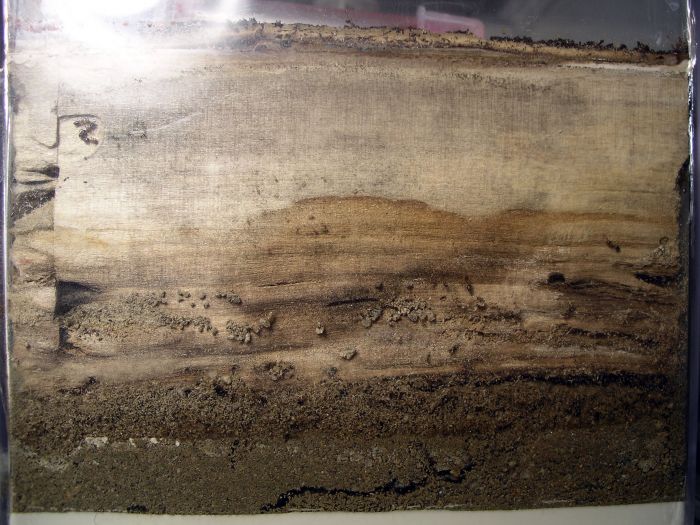
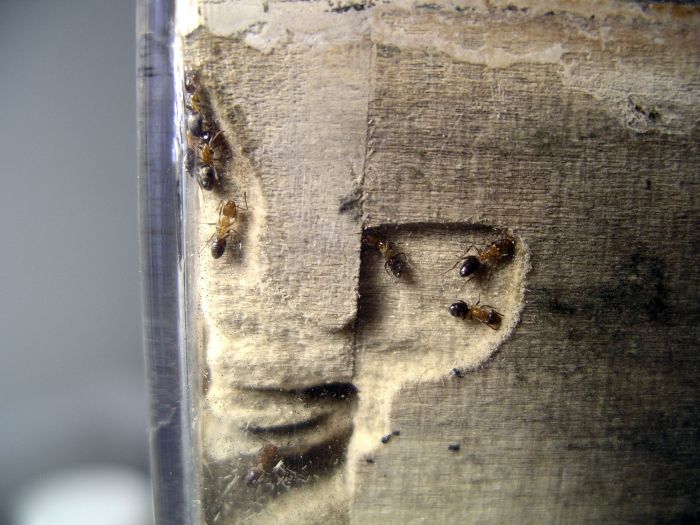
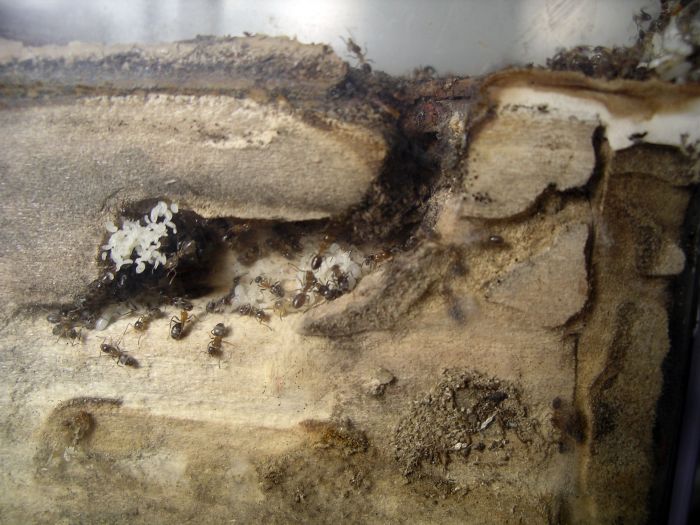
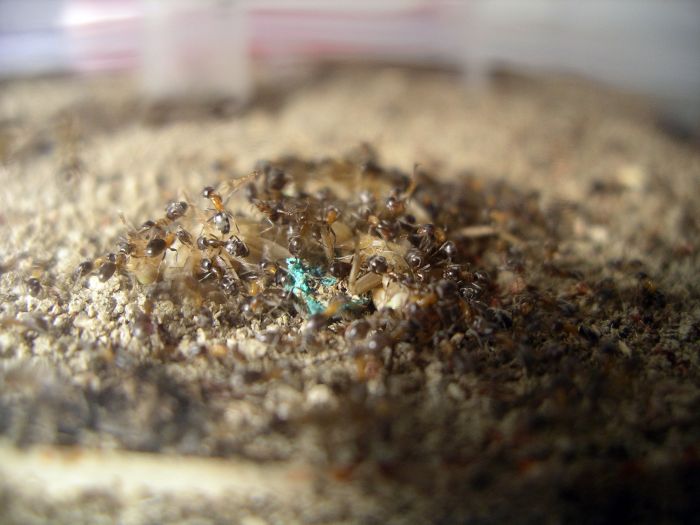
Ant Keeping →
Ant Keeping Journals →
cooIboyJ's Nylanderia vividula journalStarted by cooIboyJ , Sep 6 2025 |
|

|
||
Ant Keeping →
Ant Keeping Journals →
Ants_Dakota's Camponotus sp. JournalStarted by Ants_Dakota , Jul 13 2025 |
|

|
||
Ant Keeping →
Ant Keeping Journals →
Strickys Formica JournalStarted by stricky_ants , Jun 21 2025 |
|
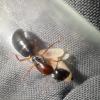
|
||
Ant Keeping →
Ant Keeping Journals →
AntTx's Camponotus sansabeanus JournalStarted by AntsTx , Jun 17 2025 |
|

|
||
Ant Keeping →
Ant Keeping Journals →
The Bark Battalion (Liometopum occidentale)Started by AntsGodzilla , Jun 3 2025 |
|

|
0 members, 1 guests, 0 anonymous users